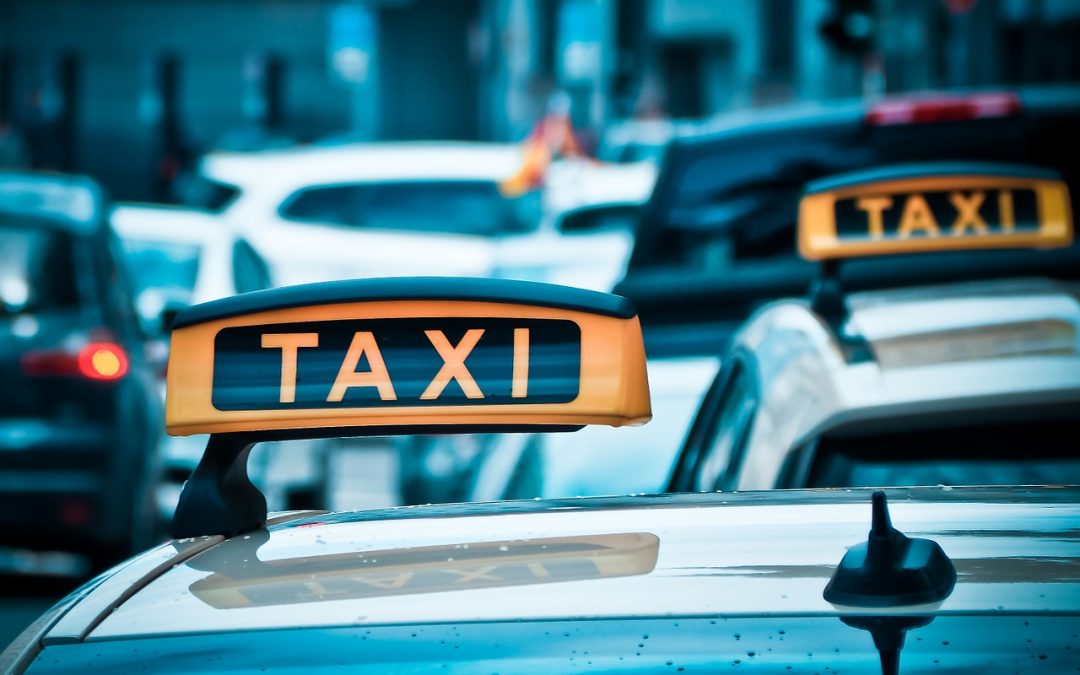E-Hailing – Looking back…
It’s hot, dusty, and humid; and you’ve been waiting for close to half an hour for a taxi to come your way. Ah yes, I can see one now with it’s “Teksi” light on which means he is free for me to use! Uncle ah, how much to SS15, what RM30 for a short ride?! You reluctantly take his “offer”, and with him switching off his meter, you know you have just been cheated and literally and figuratively taken for a ride.
That “horror” story was a normal everyday occurrence for most of us city slickers. With bus being too slow and crowded, and the train network being too far from a lot of key points, taxis were the only option for those without cars. It is a known fact that taxi drivers in Malaysia do gain the trust of most Malaysians and they have been ranked as the worst taxi service in the world according to a recent article by the website, “London Cabs”.
This story started to see the light at the end of the tunnel with the launch of MyTeksi (now Grab) in 2012. Following the footsteps of e-hailing startups like Uber, Grab became an overnight sensation as it allowed users the ability to “hail” a taxi through their mobile phone with the prices fixed and the details of the driver displayed.
This provided a much-needed boost to the public transport system in Malaysia and e-hailing has grown by leaps and bounds with more companies like MyCar, MULA, and also those catering for female passengers like Riding Pink and Carriage for Her coming into the market. With all this success, there are bound to be some setbacks and this definitely has happened. After Grab opened their platform to private vehicles, passengers made their choice clearly, that private vehicles were the way to go, what more with these vehicles more often than not being better looking, well-maintained, cleaner, and newer.
The crunch point came when the fare for these e-hailing options are cheaper even compared to taxis. This irked the old-school establishment and taxis took to the streets and used unscrupulous methods such as blocking e-hailing cars from going into certain pickup pints, damaging the vehicles, and there have even been reports of e-hailing drivers being assaulted by these taxi drivers and their cronies. This eventually died down and in no time, e-hailing became the de facto door-to-door transportation service in Malaysia.
Everything seemed rosy until a spanner was thrown in the works when the Ministry of Transport enforced a ruling that all e-hailing drivers are required to obtain a Public Service Vehicle (PSV) Licence or else they would not be allowed to pick up passengers. This has resulted in many drivers quitting as most do not find it necessary to continue (as most are part-timers) or they cannot pass the PSV test which is said to be difficult. This is predicted to half the number of e-hailing drivers and subsequently can result in longer wait times and higher fares. E-hailing companies like Grab are trying to find a solution to this conundrum by working closely with the Ministry of Transport but as it stands, we can expect a bump in the road for e-hailing for both drivers and passengers.
This has opened up the doors for private transporters with the relevant PSV license to fill the gap and provide their service for the public.
CARING MOMS is an excellent platform to find for well-trained and careful drivers for all your transportation needs. You can click here to look for drivers, or comb through numerous sellers and service providers who only offer the best.

